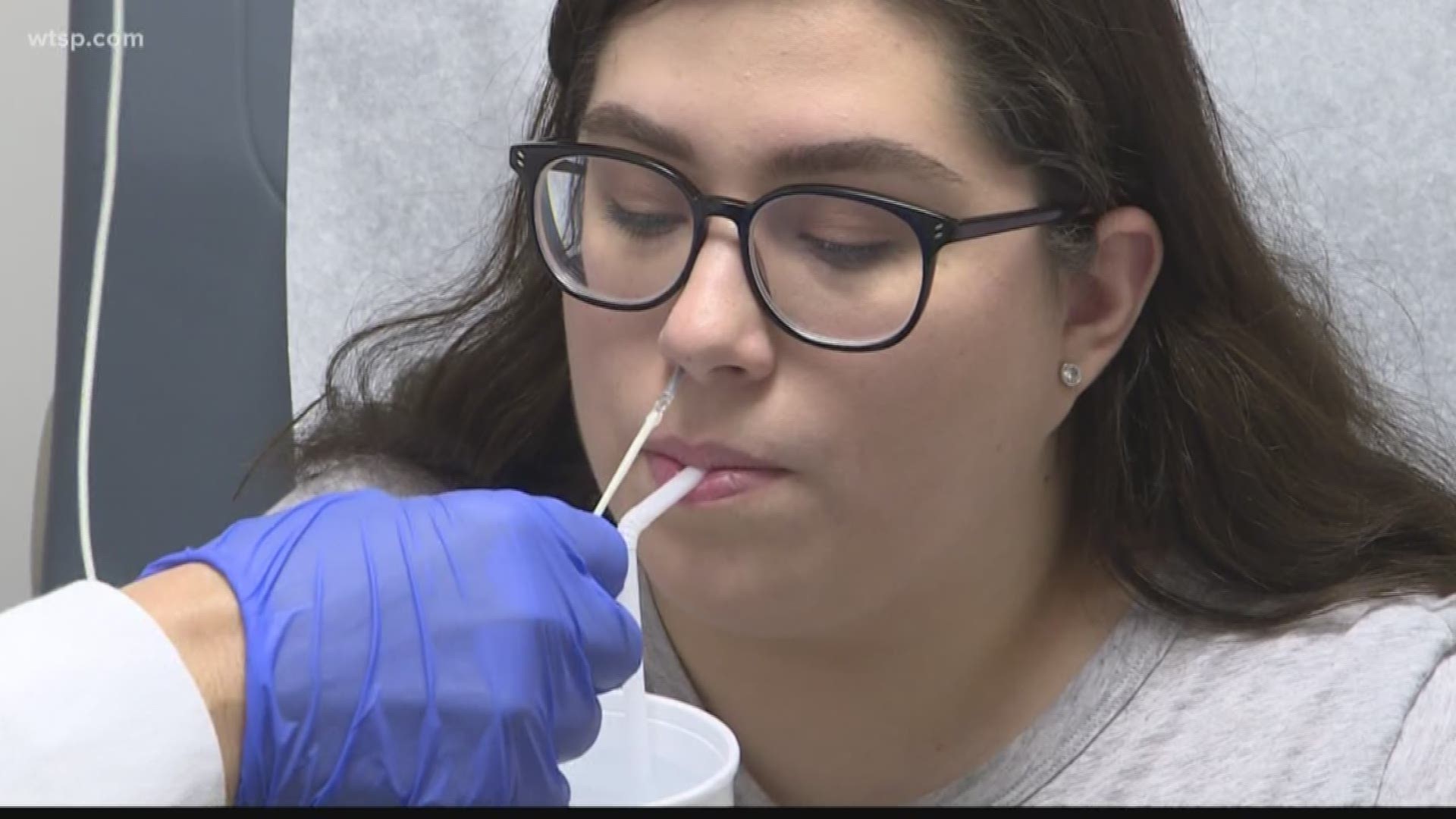
Image Source: Google
Nose feeding tubes, also known as nasogastric tubes, are a common medical intervention used to provide nutrition and medication to patients who are unable to eat or swallow properly. This article will explore the basics of nose feeding tubes, how they work, their uses, and what you need to know if you or a loved one requires this form of medical support.
How Do Nose Feeding Tubes Work?
Nose feeding tubes are thin, flexible tubes that are inserted through the nose and into the stomach. They are typically used for short-term feeding, although in some cases they may be used for longer periods. The tube allows for the delivery of liquid nutrition, medication, or a combination of both directly into the stomach, bypassing the need for swallowing.
Types of Nose Feeding Tubes
- Nasogastric tubes: These tubes are inserted through the nose and go down into the stomach.
- Nasojejunal tubes: These tubes are inserted through the nose and go down past the stomach into the jejunum, a part of the small intestine.
Placement and Care
- Placement of nose feeding tubes should be done by trained healthcare professionals.
- Proper care and monitoring of the tube to prevent complications such as displacement, blockage, or infection are essential.
Uses of Nose Feeding Tubes
Nose feeding tubes are used for a variety of reasons, including:
Medical Conditions
- Malnutrition: Patients who are unable to eat enough or absorb nutrients properly may require tube feeding to prevent malnutrition.
- Swallowing Difficulties: Individuals with conditions such as stroke, neurological disorders, or head and neck cancers may have difficulty swallowing and benefit from tube feeding.
- Coma: Patients in a coma or with decreased consciousness may require tube feeding to maintain nutrition and hydration.
Post-Surgery or Trauma
- After certain surgeries or trauma, patients may be unable to eat or drink normally and require tube feeding until they can resume oral intake.
What You Need to Know
Benefits of Nose Feeding Tubes
- Provides necessary nutrition and hydration to patients who are unable to eat or drink.
- Allows for the administration of medications that cannot be taken orally.
- Can be a temporary solution to help patients recover and transition back to oral feeding.
Risks and Complications
- Potential risks of nose feeding tubes include discomfort during insertion, nasal irritation, vomiting, aspiration of tube feedings into the lungs, and infection.
- Proper placement and monitoring are crucial to minimize these risks.
Lifestyle Considerations
- Patients with nose feeding tubes may need to adjust their daily routines and activities to accommodate the tube.
- Special care is needed when bathing, sleeping, and engaging in physical activities to ensure the tube remains secure and functional.
Conclusion
Nose feeding tubes play a vital role in the medical management of patients who are unable to eat or drink normally. Understanding how these tubes work, their uses, and the associated risks and benefits is important for both patients and caregivers. If you or a loved one may benefit from nose feeding tube placement, consult with a healthcare professional to discuss the best options and care plan for your specific needs.